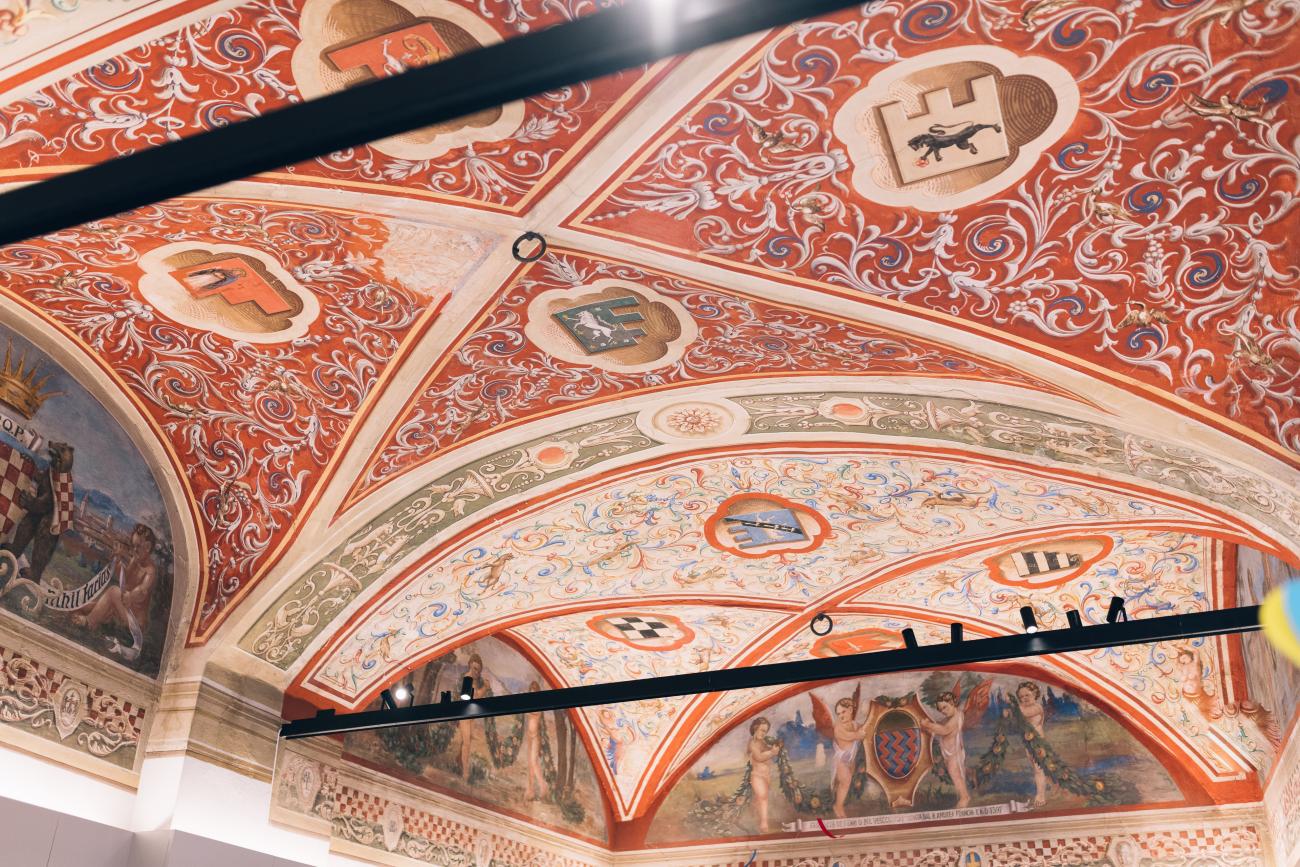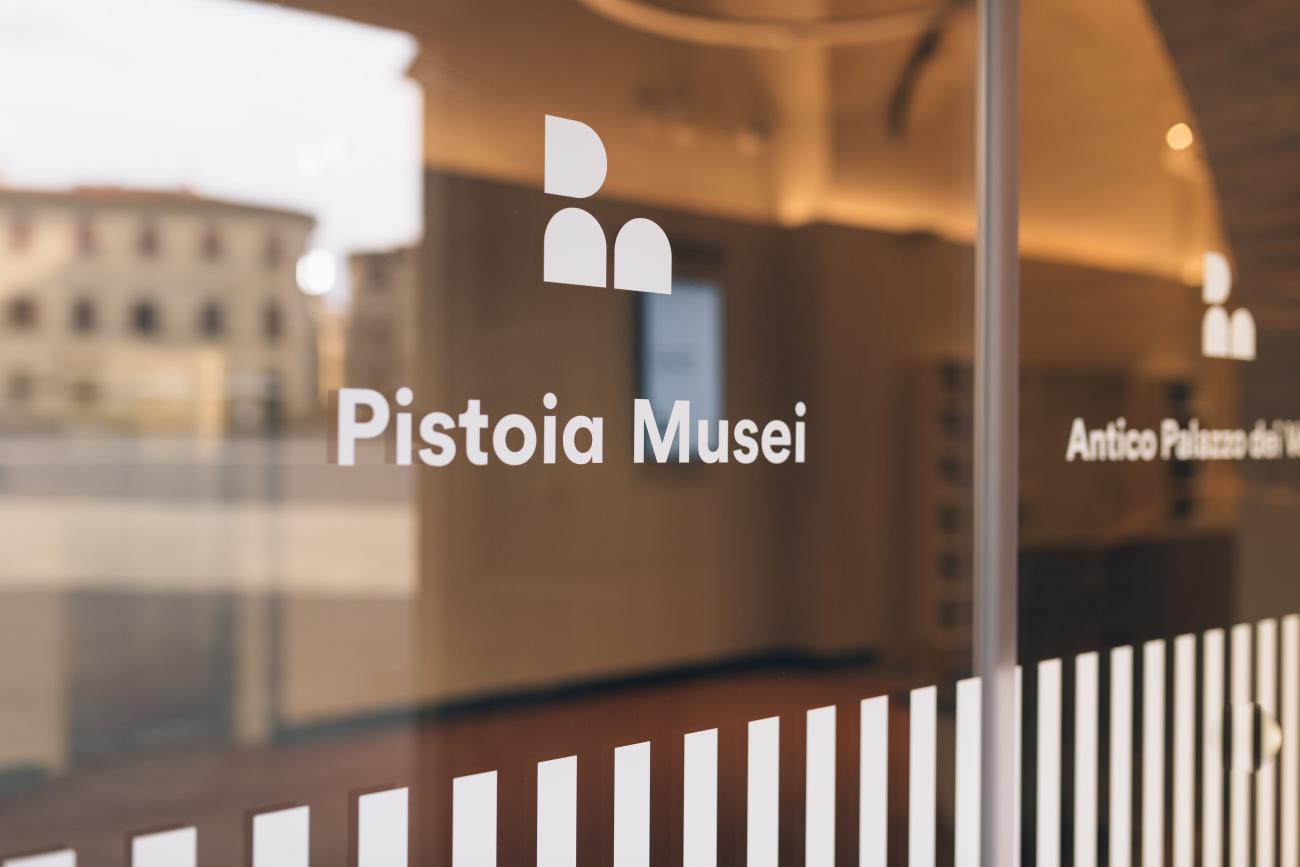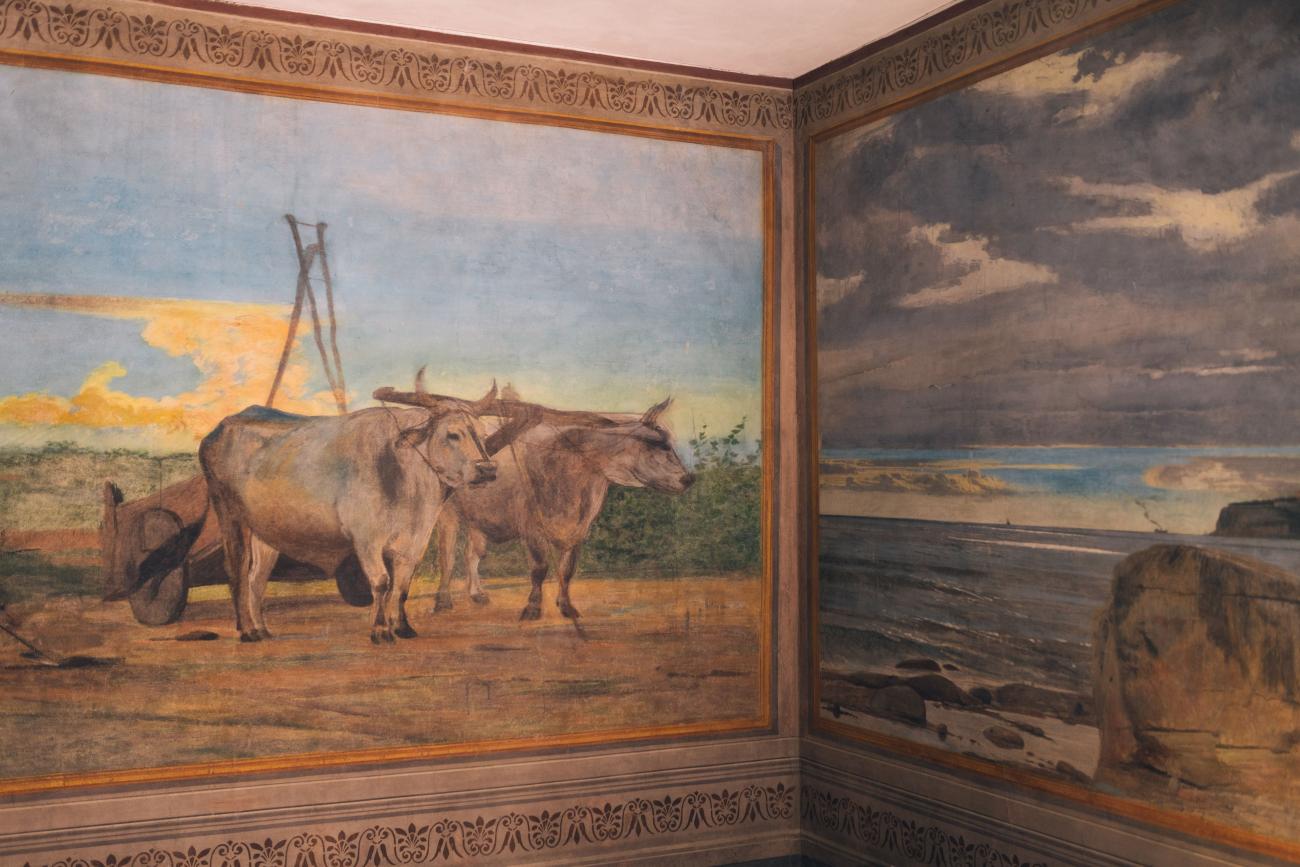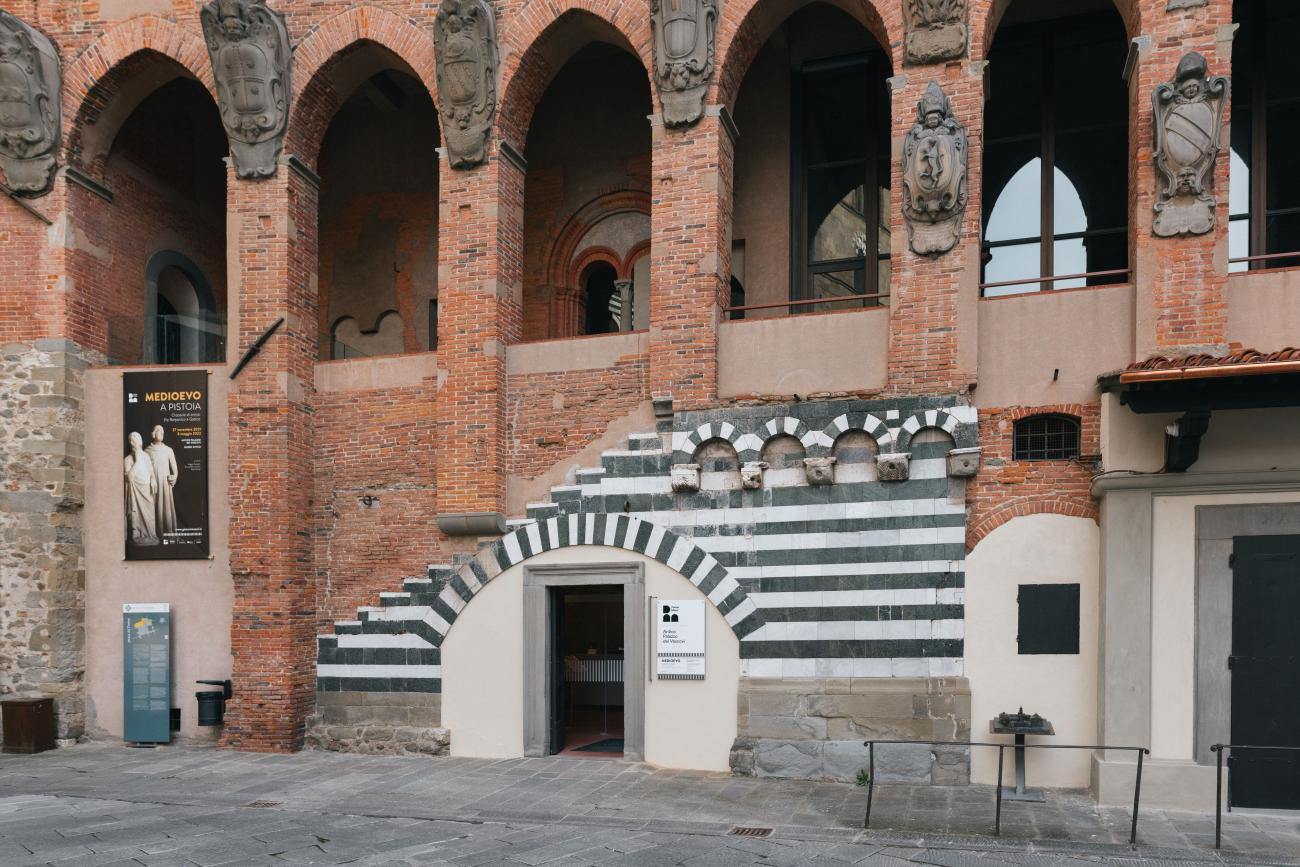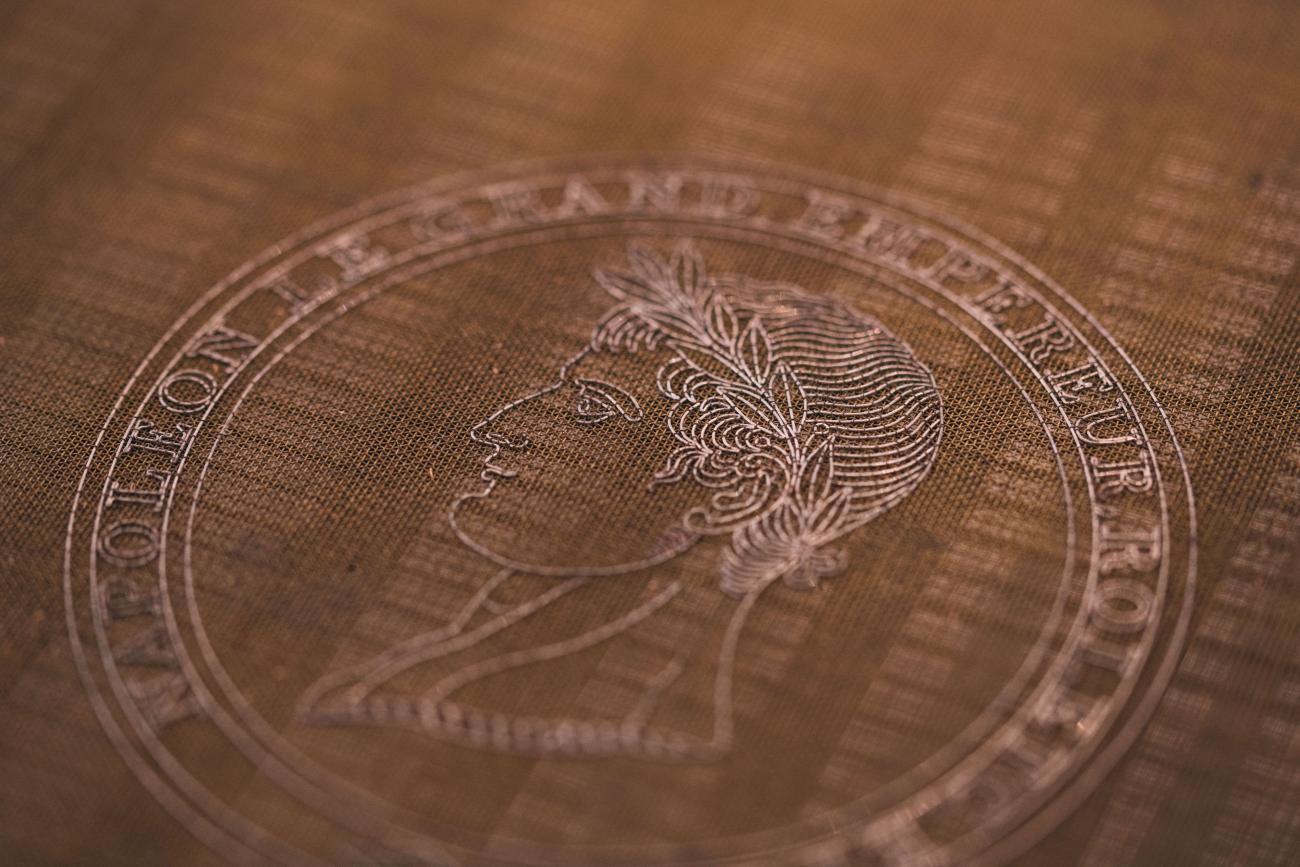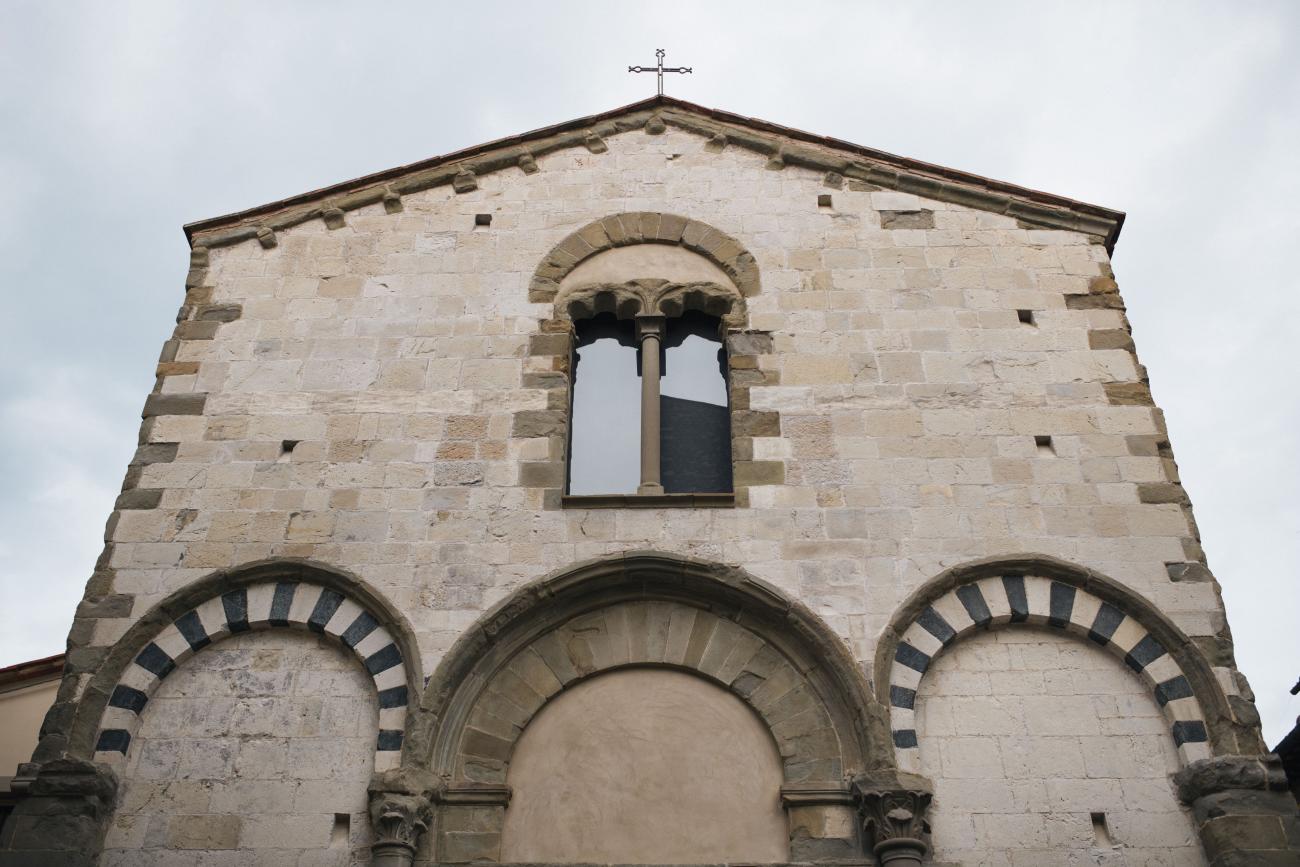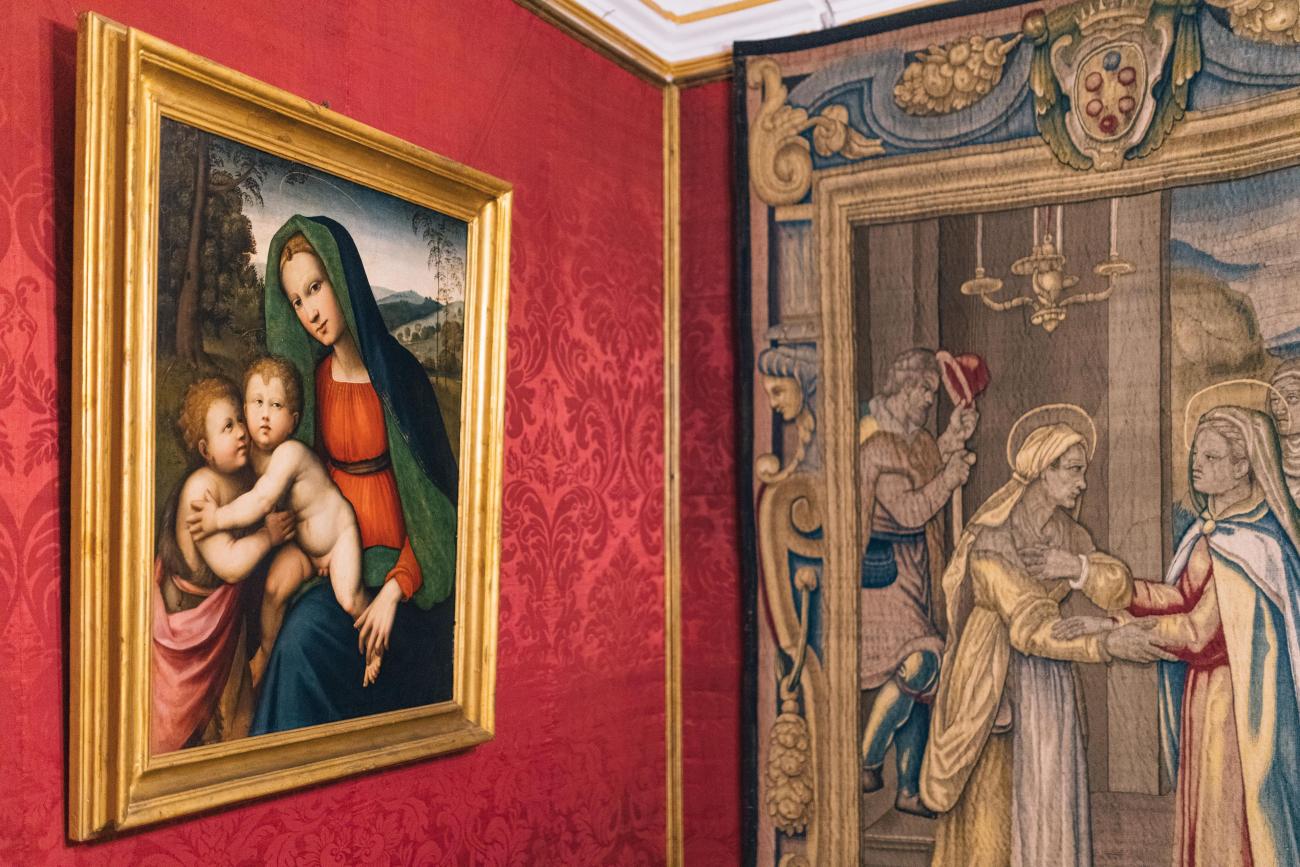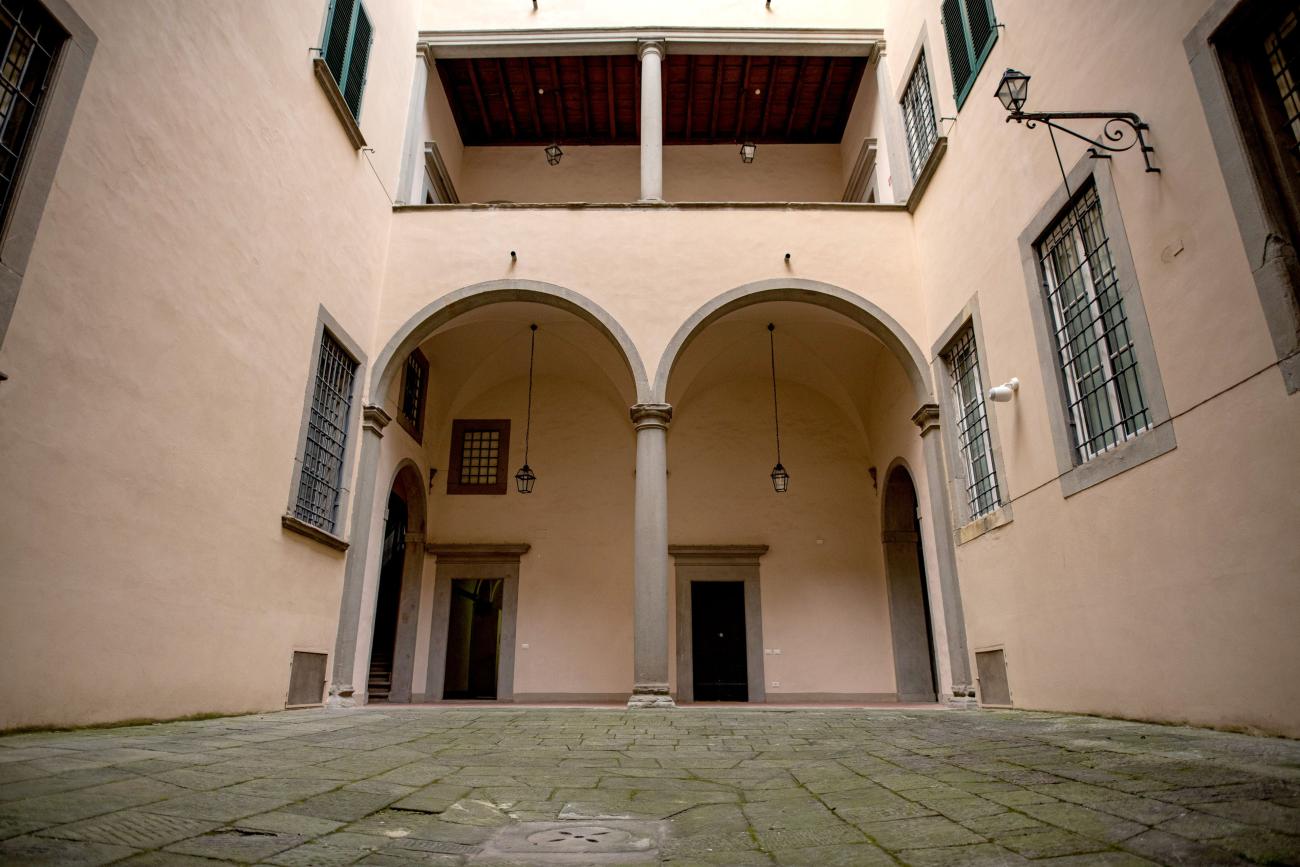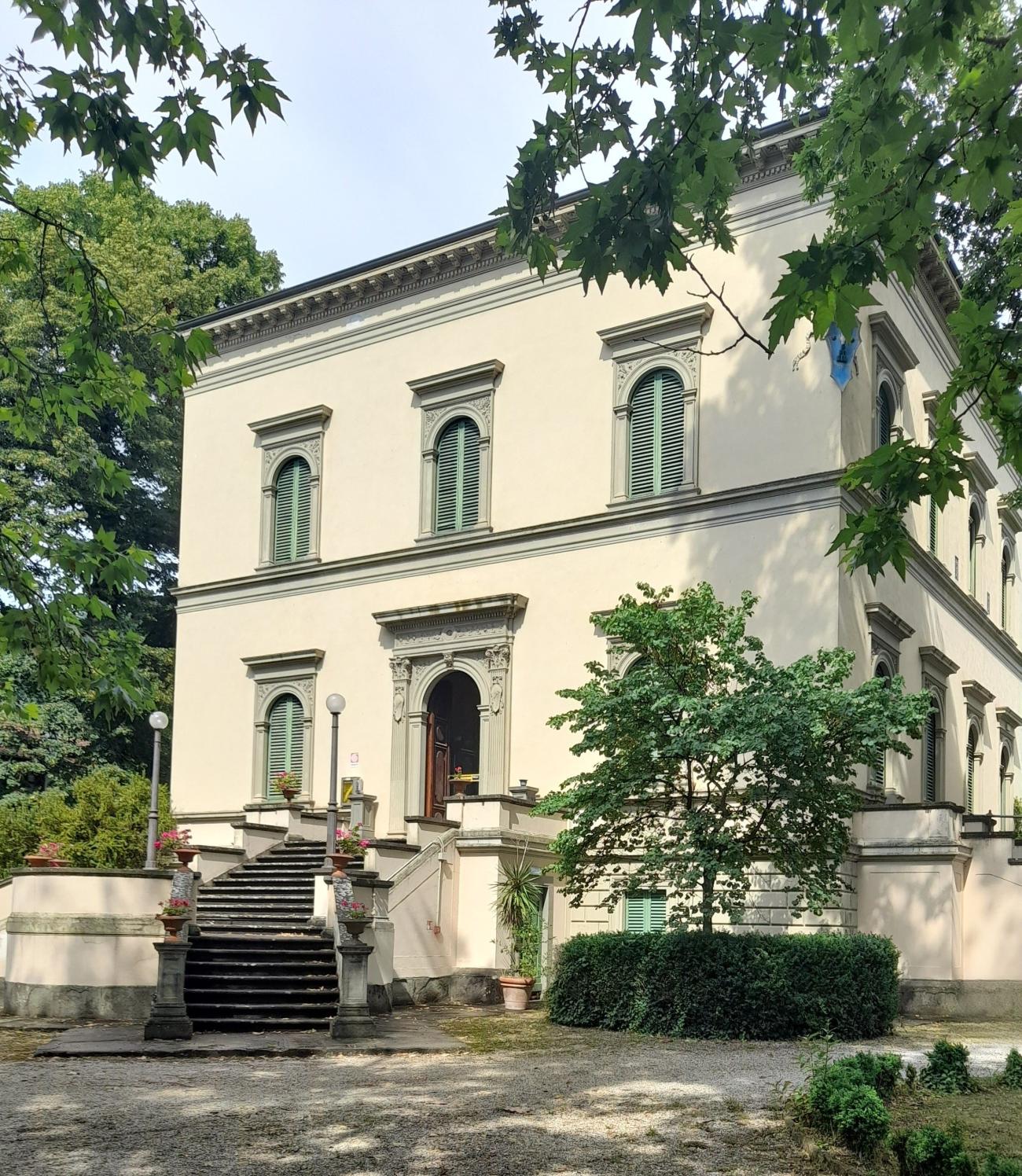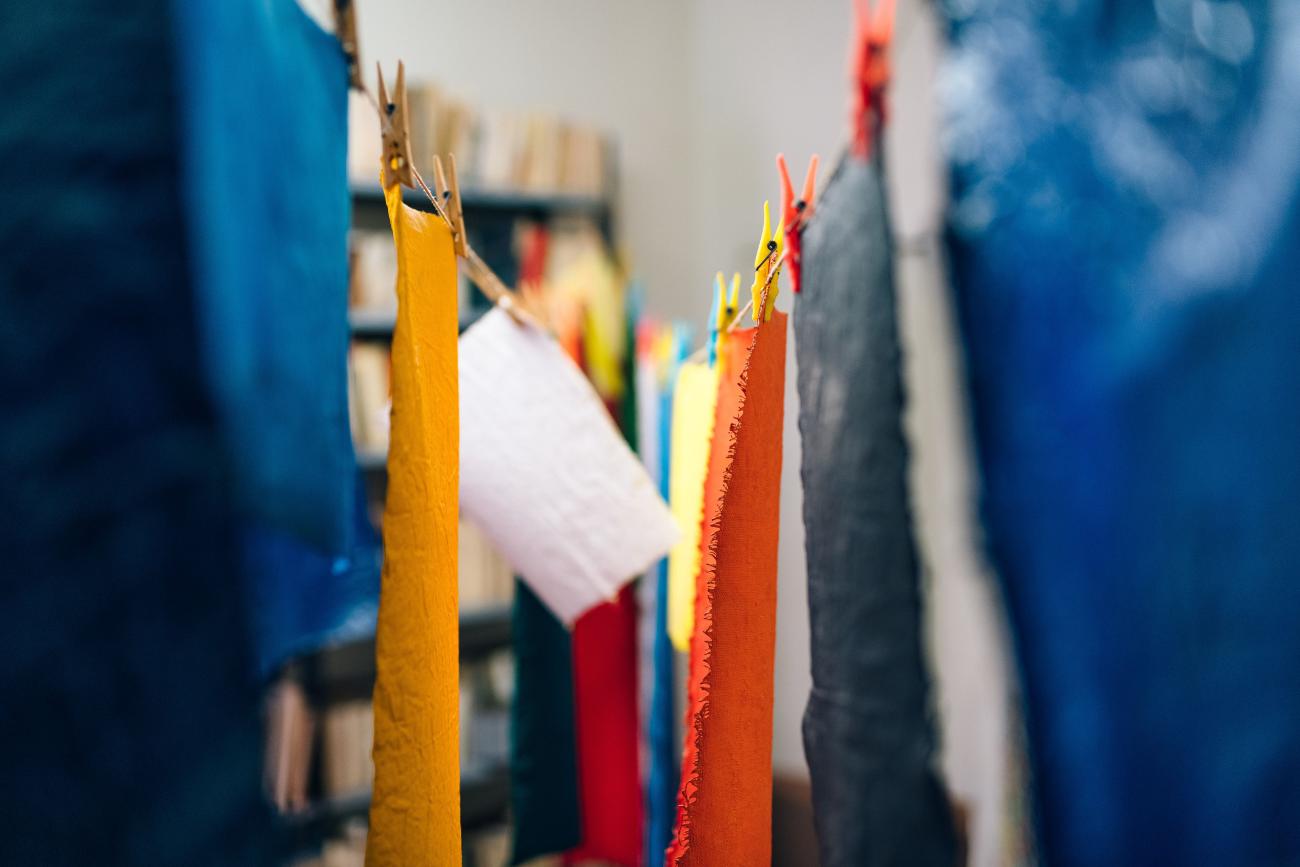
L’Antico Palazzo dei Vescovi – che ospita l’omonimo museo di rilevanza regionale riconosciuto dalla Regione Toscana – è un edificio storico che nel corso dei secoli ha avuto profondi legami con le vicende della città. Attestato fin dal 1091, inizialmente quale dimora fortificata, già nel XII secolo acquisì l’aspetto di dimora signorile. Il Palazzo contiene la sacrestia di San Jacopo, costruita fra il 1163 e il 1170, alla quale si riferiscono i fatti di cui fu protagonista Vanni Fucci narrati da Dante nel XXIV canto dell’Inferno. Nel XVI secolo il Palazzo raggiunse una notevole eleganza, ma nel tempo successivo rivelò carenze di tale portata da indurre il vescovo Scipione de’ Ricci a richiedere e ottenere dal Granduca Pietro Leopoldo il permesso di edificare un nuovo palazzo vescovile. Oggetto di numerosi rimaneggiamenti, fu acquisito nel secolo scorso dalla Cassa di Risparmio di Pistoia e Pescia, che ha provveduto a un complesso lavoro di restauro, terminato nel 1980 con il recupero di gran parte delle strutture e dell’aspetto originario.
Nel 2019 il Palazzo viene acquistato da Fondazione Caript ed è attualmente oggetto di un ampio piano di ristrutturazione secondo un progetto museologico completamente nuovo, che spazierà dall’archeologia all’Ottocento e che permetterà di raccontare la storia della città nelle sue diverse stratificazioni.
All’interno del Palazzo sono infatti accolti diversi nuclei di opere:
- il percorso archeologico, che propone l’unica testimonianza visibile delle stratificazioni archeologiche della città, dall’epoca romana fino all’età moderna e contemporanea. I reperti rinvenuti formano un vero e proprio archivio di informazioni e rappresentano la maggior banca-dati esistente sulla storia antica e altomedievale della città;
- importanti manoscritti e arredi liturgici appartenuti alla Cattedrale di Pistoia;
- l’arazzo Millefiori, o dell’Adorazione, prezioso e imponente prodotto dell’arazzeria fiamminga, realizzato nelle Fiandre tra il 1530 e il 1535;
- la Collezione Bigongiari, costituita da oltre quaranta dipinti del Seicento. È tra le più significative delle collezioni costituite nell’Italia del dopoguerra, e fra le più importanti per la conoscenza del Seicento fiorentino;
- il ciclo di tempere murali di Giovanni Boldini, pitture a tempera stesa “a secco” che l’artista ferrarese aveva originariamente eseguito sulle pareti di una stanza della villa La Falconiera di Pistoia, dove dimorò tra il 1866 e il 1870.
Insieme al Museo di San Salvatore, a Palazzo de’ Rossi e a Palazzo Buontalenti, il Museo dell’Antico Palazzo dei Vescovi compone la rete Pistoia Musei promossa da Fondazione Caript, ente privato no profit che opera per il benessere, la crescita e la valorizzazione del proprio territorio.
Piazza del Duomo 7
51100 Pistoia PT
Italia


